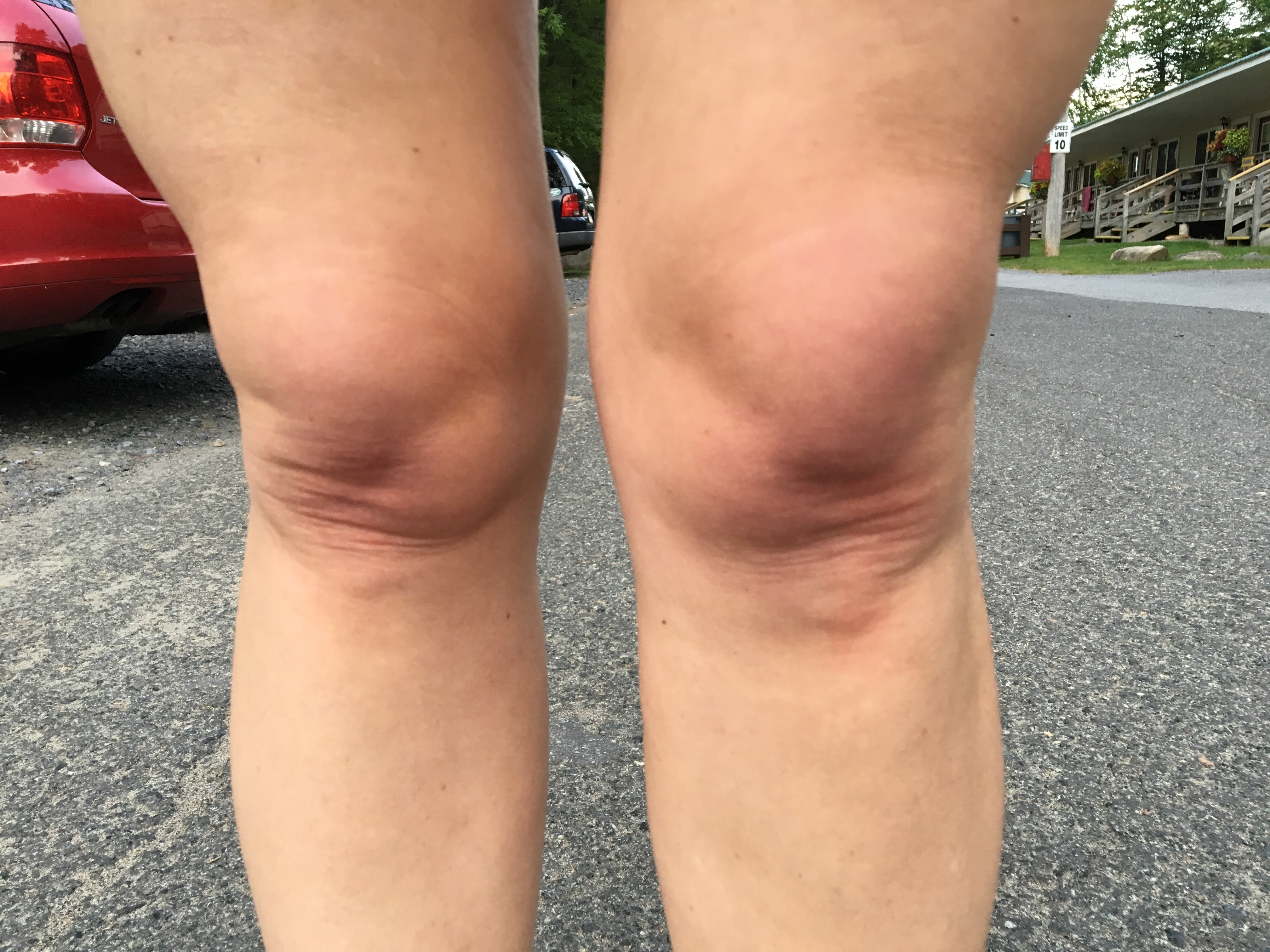


There are a variety of stimuli that can disrupt homeostasis and lead to fluid retention and the associated symptoms. Below are some examples of particular types of edema:įluids in the body are constantly in flux due to a number of different regulatory mechanisms that are always working toward homeostasis. Indeed, the specific location of the fluid retention can help doctors tremendously in determining the underlying cause. Most cases of edema are actually localized to a particular area of the body rather than being seen all over the body. When someone is retaining water, it’s because of a change in extracellular fluid. Extracellular fluid is, by contrast, highly variable in composition and volume and makes up about 20% of our body weight. Because this fluid represents about 40% of our body weight and is the site of most chemical reactions in the body, the volume mostly remains stable.

Intracellular fluid is all the space inside all of the cells in our body. Symptoms can also include weight gain, bloating, coughing, or, in rare cases, shortness of breath.įluids in the body can be divided into two categories: intracellular and extracellular. The combination of swelling and achy joints may also make walking difficult.
#FLUID RETENTION SKIN#
In addition to swelling and puffiness, the skin may feel tight or look shiny or discolored. Also technically known as edema (or oedema), fluid retention is often seen in the arms and legs, but it can also present generally all over the body. What Is Fluid Retention?įluid retention (or water retention) is the condition of having a build-up of excess fluid in the body tissues. Sometimes, however, these processes don’t function normally one of the most common ways this manifests is fluid retention. And because of this high fluid content, regulation of bodily fluids is an important process that keeps us functioning. In fact, when we’re infants, our bodies are around 75% water by the time we become adults, that equalizes out to around 50-60% water. Surprisingly, though, the body is composed mostly of water. When you think of the human body, you think of solid material like bones, skin, and muscle. Christopher McGowan, MD, MSCR, AGAF, FASGE


 0 kommentar(er)
0 kommentar(er)
